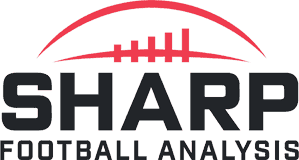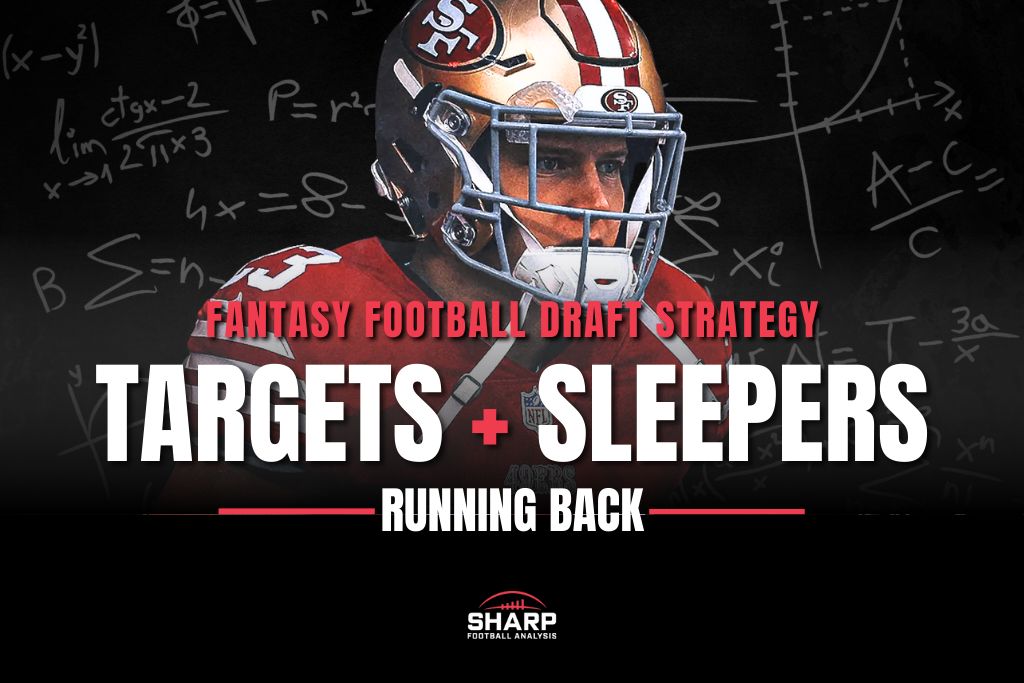Everything this offseason has built up to this point.
With the 2025 Draft Kit in place as a North Star in how to play the game of fantasy football, I also know some of you are here because you want to know how I am playing drafts out myself this summer.
You want the answers to the test.
That is what this week is all about.
This is how I am approaching fantasy football drafts in 2025, continuing with the running back position.
I will also update this throughout the remaining time in the offseason if we get any significant news that impacts draft approaches.
Even those with the draft kit may not have read every word written this offseason, but I am operating under the assumption you have at minimum checked out the player rankings page.
If you read only one thing, I would push you to the individual player writeups in the positional tiers posts if you haven't already.
With that in mind, these pieces will not be overly statistically centric and fully into the weeds on the pros or cons of each player, instead focusing on the approach to drafting the positions.
If you want further analysis on each player, check out those tiers, but here are some links to running back-related content that has influenced our decision making.
Running Back Fantasy Related Articles:
- Running Back Tiers
- Running Back Rankings
- Running Back Production Heading Into 2025
- Red Zone Points vs Expectation: Running Back
- What We Can Learn From ADP: Running Back
- Stats That Matter: Running Back
2025 RB Fantasy Football Draft Strategy
The most important thing to account for when entering any draft is your league settings.
The number of points your league rewards for receptions and the number of required starting spots for each position (including FLEX positions) impacts the top-down strategy you should be approaching your league with more than anything else.
In leagues that do not reward full points per reception and reduce the required starting wide receivers, running backs (particularly depth) gain more traction as your draft progresses than the receivers.
In 0.5 PPR formats, running backs gain ground in non-best ball formats.
In terms of points per game in those formats, running backs occupied eight of the top 10 spots at the skill positions.
They occupied 15 of the top 20 spots.
In full-PPR formats, running backs and wide receivers split the top 10 in points per game 50/50, while receivers made up 11 of the top 20 spots in those leagues.
Scoring settings matter.
The number of FLEX spots in your league matters.
If you are playing full-PPR formats and have to start three wide receivers (before even accounting for FLEX spots), wide receivers gain a significant point of emphasis in drafts.
You can win your league in many ways.
While it is great to have a plan before entering a draft, you still have to be able to adapt as things progress.
Especially at the running back position, things are fluid during the season.
We will have injuries, busts, and depth charts we were wrong in projecting.
Whether building a roster with a Zero-RB, anchor/hero RB, or RB-heavy approach, you can win.
This article will be about a top-down philosophy to the position, with draft targets to aid you in guiding any of those approaches.
Don't Miss Out on The Best Fantasy Football Coverage in the Business
Like the NFL, fantasy football never sleeps.
From rankings to the best draft strategies, Sharp Football has everything you need to get ready for the fantasy season in our Fantasy Football Draft Kit, powered by premier fantasy football analyst Rich Hribar.
Save more by bundling the Draft Kit with our in-season fantasy package that features Rich's comprehensive “Worksheet” preview of every game, every week of the NFL season.
Click here for more information about our fantasy coverage!
Elite Running Backs Offer the Biggest Edge
To continue reading this article
and gain access to all of Rich Hribar's industry leading content both before and during the season, click below to learn more about our fantasy football bundle.
Learn More

















